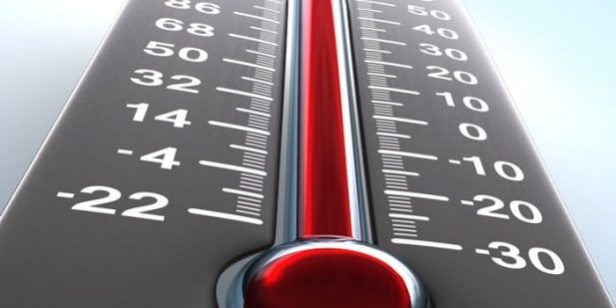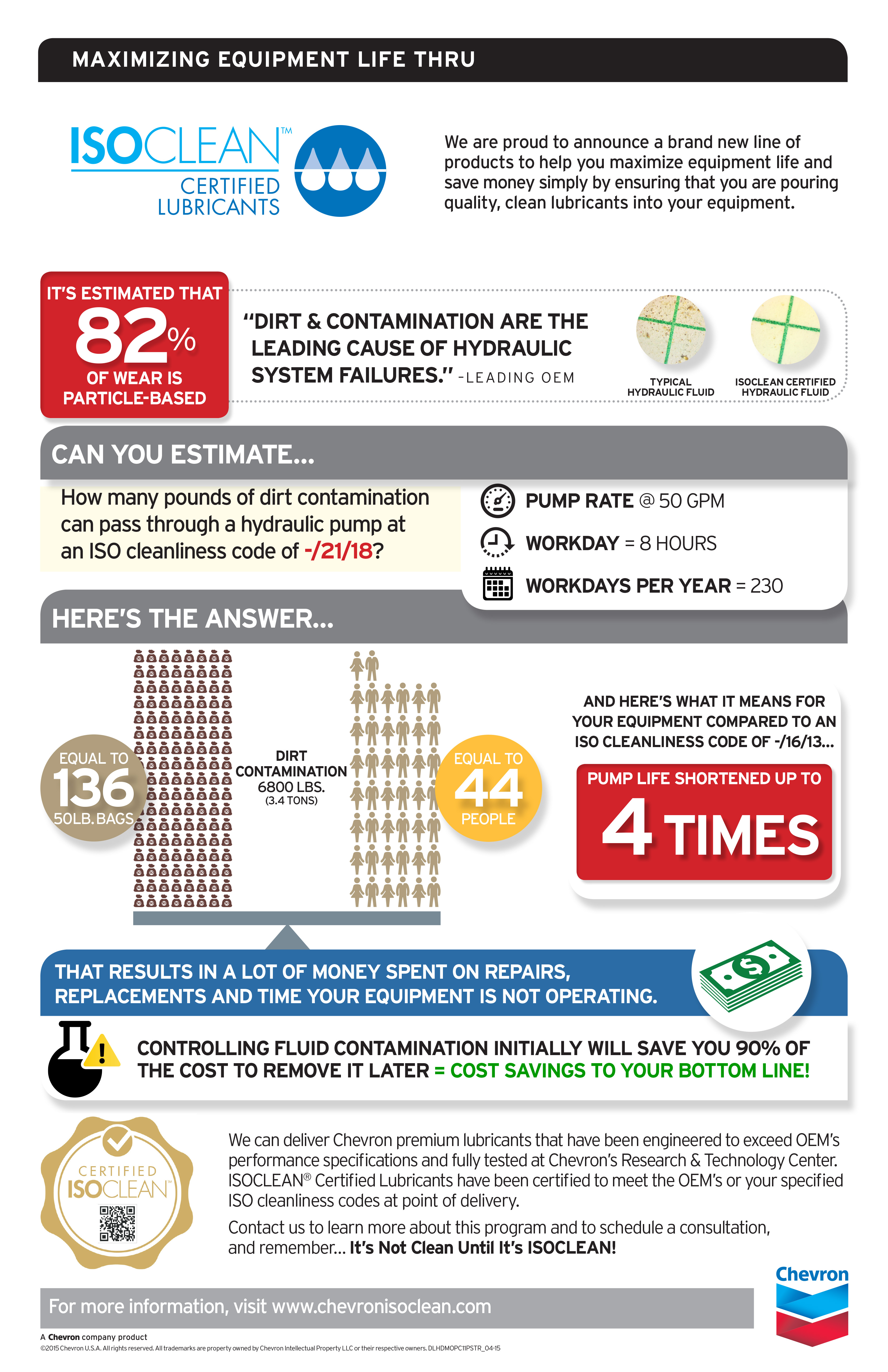It’s cold outside! Winter is in full swing and spring is not looking to warm up. A remarkable phenomenon occurs when the temperature drops in liquids. Fluids condense and shrink in volume when the temperature is cold. Interestingly, the volume of fuel and gas drops as well, the same is true for the opposite.
What does that mean for the average person filling their car, or an operator ordering unbranded bulk fuel? Well cozy up and explore the adverse and strange effects of temperature on fuel an lubricants.
Does Temperature Affect Gasoline Volume and Lubricants?
Because diesel and gasoline are fluids, they become much denser when it is cold. We purchase fuel on a volume metric so this affects the amount of fuel you purchase when it is cold vs when it is hot. We promise there is a science to this! The severity of change is measured by a coefficient of thermal expansion or β for short. A thermal expansion coefficient measures the change in volume (as a ratio) based on a change in temperature. Usually, units of this measurement are 10-6/K (how many millionths of the original volume does a liquid change with a change of one Kelvin). Take a look at some cold hard numbers.
| Fluid | β (10-6/K) |
| Ethyl Alcohol | 1,120 |
| Gasoline (petroleum and diesel) | 950 |
| Jet Fuel | 990 |
| Mercury | 181 |
| Water | 207 |
(all above measure at 20°C)
Looking at the numbers above you can see that fuel and alcohol have the most change with temperature remember that these are tiny measures that when added together and compared show that there is about a 1% change in volume of gasoline for every 19°F change in temperature. Using this in easy to understand metrics, let us assume that a shipping company requires 1,000 gallons of fuel delivered when the temperature is about 60°.
Early the next morning when that shipping company begins fueling their equipment at 40° they will only actually pump 990 gallons! A loss of 10 gallons of fuel adds up in the industry world. This is also theoretically true when you are pumping gas. When you pump gas in the cold you technically pump a volume that will expand with heat i.e your car’s internal temperature thus netting you a gain in volume and value

Now before you go and fill oil barrels to sell for a profit in warmer climates, understand that this is not the case in practice. At least for fueling stations, fuel is stored in highly thermo-regulated tanks that monitor and adjust the temperature of fuel keeping it at a cool comfortable 60°, meaning that you will almost always pump fuel at its natural resting state.
However, ordering fuel delivery could prove to have the temperature play a part in your deliverables. Almost all fuel delivery trucks are temperature controlled to ensure that you are receiving the fuel you pay for, however, where that fuel is utilized is another story! Storing fuel in the cold could produce a lower volume of fuel than what was delivered and may eat into costs of operations.
Lubricants: Maintaining Efficacy in Cold Weather
Lubricants perform within specific temperature ranges. They may face challenges in maintaining fluid motion and consistency in cooler weather. Advanced lubricants often include viscosity modifiers. These counteract cold weather to keep your engine in prime condition.
When cooler temperatures set in, lubricants thicken and their flow solidifies. This increased viscosity makes lubricants stretch further to reach critical engine and machine parts. This reaction could cause increased wear and mechanical hiccups. High-quality lubricants with favorable pour points ensure smooth operations. It is crucial to select a lubricant with an optimal temperature performance rating for your equipment to provide continuous engine protection.
Coolant Systems: Ensuring Engine Integrity in Winter
Your engine’s coolant system is its defense against winter. Coolant must withstand sub-zero conditions and stay liquid. In winter, ensuring your system has the correct antifreeze keeps the coolant in its liquid form. This dual action keeps the engine at the right temperature. It provides effective heat dissipation and — when coupled with an effective coolant system — is critical for businesses looking to maximize engine life.
Coolant systems are pivotal to engine thermal regulation. They must ensure enough heat capacity to keep things moving. Achieving this delicate balance supports optimal engine operation during cold weather.
Proper coolant management focuses on the following thermophysical properties of the fluid for efficient engine operation during winter:
- Specific heat capacity
- Thermal conductivity
- Viscosity
- Density
- Boiling point
- Freezing point
- Vapor pressure
Adequate coolant levels keep the engine block together in cold climates. These precautions are proactive steps toward ensuring that your business keeps going.
Diesel: Winterization for Continuous Operations
Diesel faces a unique challenge during winter: gelling. This phenomenon can call for more free-flowing fuel in your filters. However, winterized diesel exists to perform in the cold. It combines different grades of diesel, including processed paraffin content, to prevent gelling. Winterized diesel is essential for when the temperature dips below 20°F.
Businesses that depend on diesel-powered machinery to maintain continuous operations need winterized diesel. It is a proactive solution for operational disruptions and potential financial losses due to downtime. The careful selection of additives controls the cold filter plugging point (CFPP). This is the temperature at which wax crystals form in diesel and start to clog the filter. Additives modify the wax crystal formation for fuel liquidity and flow. They also ensure functional fuel delivery systems that start your engines reliably to support greater productivity.
Take these natural occurrences into account when deciding where you will be storing your fuel on a worksite to maintain lower fuel costs in your industry.
We hope you enjoyed this information and found it useful. Please consider subscribing to our blog, or checking out our social media for more helpful tips and information in our ever-changing industry
Thank you,
The SC Fuels Team








